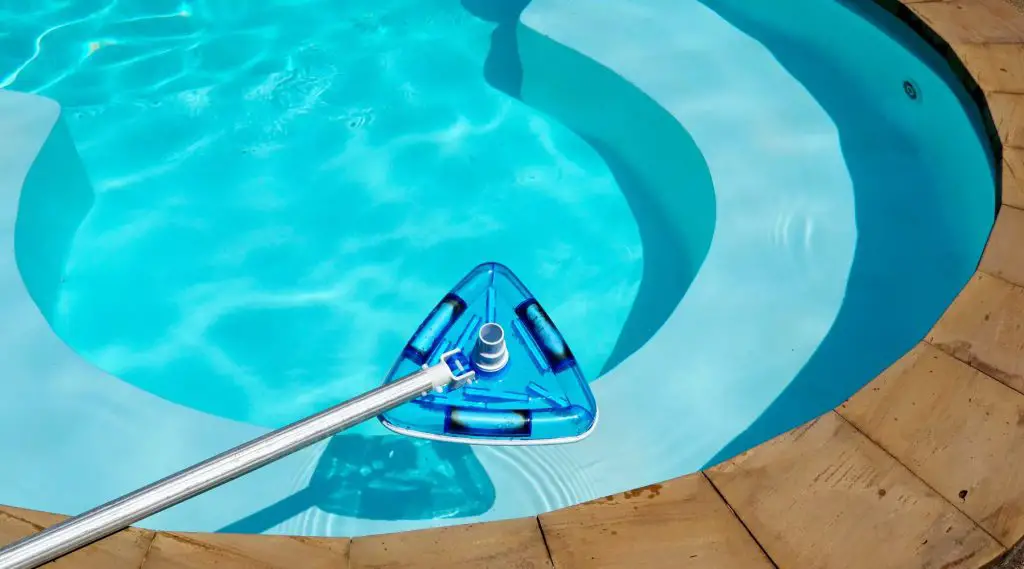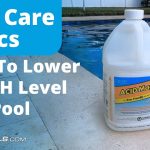Having a pool is a fantastic way to enjoy the outdoors and stay cool during the hot summer months. However, maintaining the proper chemical balance in your pool is essential to ensure that it remains clean, safe, and enjoyable for swimming. One of the key parameters to monitor is alkalinity, which refers to the ability of the pool water to resist changes in pH. If the alkalinity level is too high, it can lead to various issues such as cloudiness, scaling, and difficulty in adjusting the pH. In this article, we will explore some effective methods to lower alkalinity in a pool without affecting pH.
Understanding Alkalinity and pH
Before we delve into the methods of lowering alkalinity, it’s important to understand the relationship between alkalinity and pH. Alkalinity acts as a buffer to prevent rapid changes in pH. If the alkalinity is too high, it can make it difficult to adjust the pH level, leading to a situation where the water becomes cloudy and scaling may occur. On the other hand, pH measures the acidity or basicity of the water. It’s crucial to maintain the pH within the recommended range to ensure the effectiveness of the pool’s disinfectants and the comfort of swimmers.
Test the Water
The first step in addressing high alkalinity in your pool is to test the water to determine the current levels. You can use a pool water testing kit or take a sample of water to your local pool supply store for analysis. This will help you understand the extent of the problem and guide your treatment plan.
Use Muriatic Acid
One effective method to lower alkalinity in a pool is by using muriatic acid. This powerful acid can help to reduce alkalinity without significantly impacting the pH level. It’s important to follow the manufacturer’s instructions and use the appropriate safety equipment when handling muriatic acid. To apply the acid, you can pour it directly into the pool while the pump is running to ensure thorough mixing. It’s essential to add small amounts at a time and retest the water before adding more, as overtreatment can lead to a drop in pH.
Aerate the Water
Another method to lower alkalinity in a pool is by aerating the water. This can be achieved by running a fountain, waterfall, or bubbler in the pool to increase the exposure of the water to the air. As the water comes into contact with the air, carbon dioxide is released, which helps to lower the alkalinity levels. Aeration is a natural and effective way to address high alkalinity without the use of chemicals.
Use a pH Reducer
While the primary goal is to lower alkalinity without affecting pH, in some cases, using a pH reducer may be necessary to achieve the desired results. There are commercially available products specifically designed to lower alkalinity without causing a significant impact on pH. These products work by targeting the carbonates in the water, which are responsible for high alkalinity levels. It’s important to carefully follow the dosage instructions to avoid any adverse effects on the pH.
Replace a Portion of the Water
If the alkalinity levels in your pool are extremely high and other methods have not been effective, you may consider partially draining and refilling the pool with fresh water. This can help dilute the alkalinity and bring it to a more manageable level. However, this method should be used as a last resort, as it can be time-consuming and may lead to water wastage.
Monitor and Retest
After implementing any of the aforementioned methods to lower alkalinity, it’s crucial to monitor the water and retest it regularly to ensure that the desired levels are being achieved. It’s recommended to wait at least 24 hours after treatment before retesting to allow the chemicals to fully disperse and the water to reach equilibrium. This will help you make any necessary adjustments and maintain the balance of your pool water.
Preventive Measures
Once you have successfully lowered the alkalinity in your pool, it’s important to take preventive measures to avoid future spikes. Regularly testing the water and maintaining the proper chemical balance is essential. Additionally, incorporating a routine of proper pool maintenance, including skimming, brushing, and vacuuming, can help prevent the buildup of contaminants that can contribute to high alkalinity.

Credit: www.youtube.com

Credit: atlas-scientific.com
Conclusion
Maintaining the proper chemical balance in your pool, including alkalinity and pH levels, is crucial for the overall health and clarity of the water. By understanding the relationship between alkalinity and pH and implementing the appropriate methods to lower alkalinity without affecting pH, you can ensure that your pool remains clean, safe, and enjoyable for swimming. Regular testing, monitoring, and preventive measures are key to maintaining the optimal chemical balance in your pool water.
Lowering alkalinity in a pool without affecting pH is a manageable task that, when done correctly, can lead to a more enjoyable swimming experience for you and your guests. By following the steps outlined in this article, you can take control of your pool’s chemical balance and ensure that it remains a refreshing oasis throughout the swimming season.





